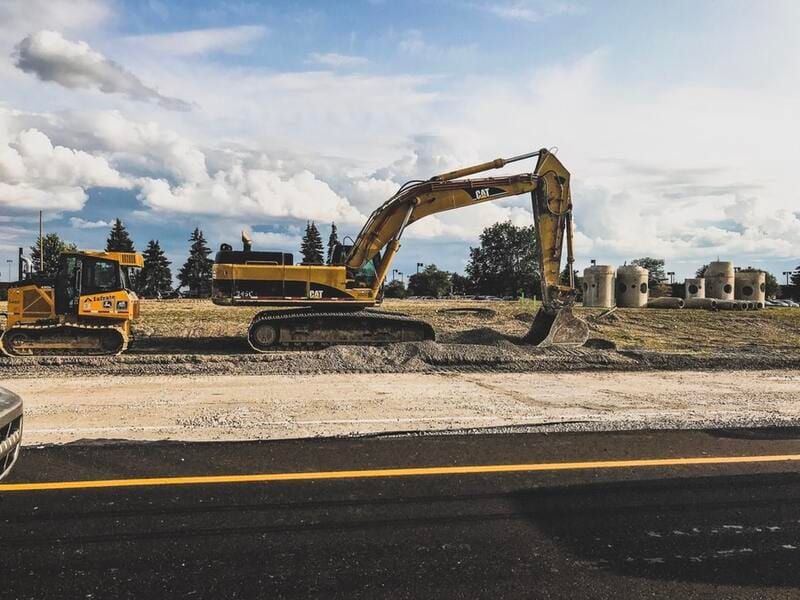Miner Cause for Concern
)
Does your borrow pit operation constitute a 'mine' under the Mining and Quarrying Safety and Health Act 1999?
Background
The definition of 'mine' in the Mining and Quarrying Safety and Health Act ("the Act") means that Council operations to produce road building material, commonly known as borrow pits, may fall within the scope of the Act.
Issue
When will an operation to produce road building material constitute a 'mine'?
Consideration
The Act regulates the operation of mines. A mine includes a quarry, which is defined to mean "a place on land where operations are carried on, continuously or from time to time, to produce construction or road building material."
If a borrow pit produces construction or road building material for use at an adjoining, adjacent or contiguous road construction site, the borrow pit would fall within an exemption in section 11(2)(a) of the Act, and would not be classified as a quarry under the Act.
For all borrow pits that do not fall within the exemption in section 11(2)(a) of the Act, the pits will be classified as a quarry, but only if 'operations' are carried out on the relevant land to produce construction or road building material. The term 'operations' is defined in section 10(1) of the Act, with section 10(2) detailing relevant exemptions.
Council activities may fall within section 10(1) if the activities are carried on to extract minerals or hard rock. In this respect, the dictionary in schedule 2 of the Act specifies:
'hard rock' means rock that must be broken to enable it to be excavated.
'mineral' has the meaning given in the Mineral Resources Act 1989, but does not include coal.
In relation to hard rock, our view is that 'breaking' rock involves separating the rock into pieces or fragments by an act of force such as a blow, shock or strain (e.g. blasting). Whether the rock in a borrow pit must be broken to enable the rock to be extracted is a question of fact to be determined by reference to the method of extraction used at the borrow pit.
If the substance is not hard rock, is Council extracting 'minerals'? Under section 6(3)(d)(i) of the Mineral Resources Act, gravel is not a mineral if it is to be used, or to be supplied for use, as gravel, regardless of whether it is intact or in broken form. Again, what the gravel is to be used, or supplied, for is a question of fact.
If Council's activities do not involve extracting 'hard rock' or 'minerals', then 'operations' are not being carried on at the borrow pit; and the borrow pit is not quarry or a mine for the purposes of the Act.
Implications
If a borrow pit falls within the scope of the Act because it meets the definition of a 'quarry', safety and health obligations are imposed on certain individuals and groups to achieve the objects of the Act. Non compliance poses a safety and health risk. It also poses a financial and reputational risk.
If Council has concerns about non-compliance with relevant requirements of the Mining and Quarrying Safety and Health Act, please contact Elizabeth Neilson or James Neilson of this office, or call us today (07) 3243 0000.
This and other articles available on our blog are provided as general information only and should not be relied upon as legal advice. Our blog posts are not comprehensive and represent a general overview of topics only. Please contact us for legal advice before acting or relying on any information contained within our blog posts, or other areas of our site.
) Author:Elizabeth Neilson
Author:Elizabeth Neilson| Tags:Local GovernmentPlanning & EnvironmentElizabeth Neilson |



